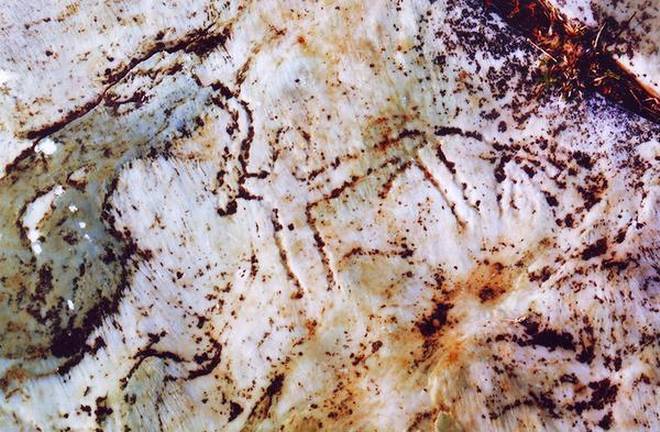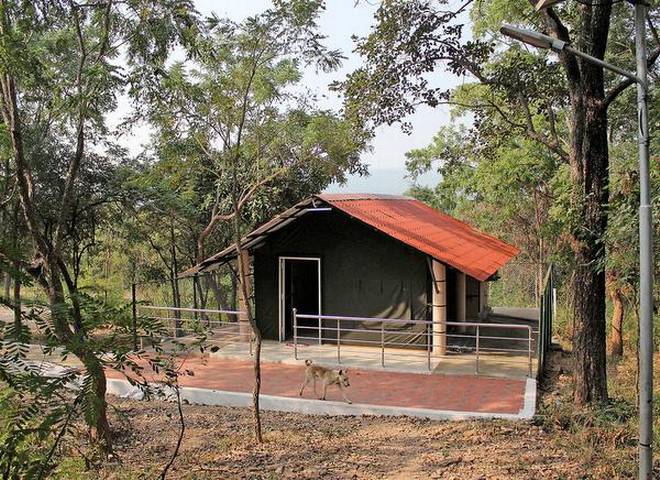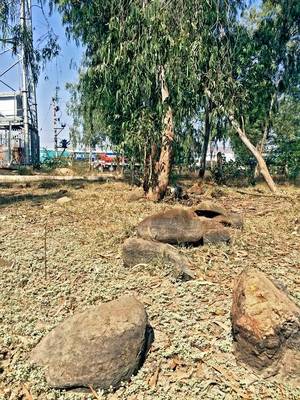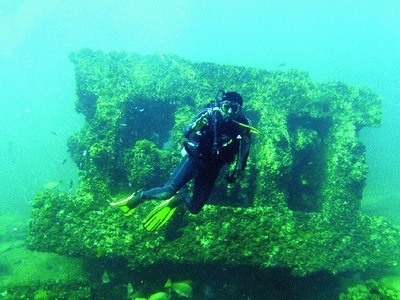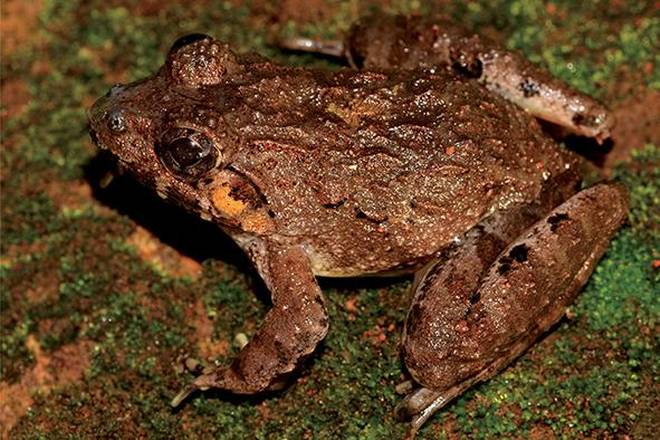
They are indicators of healthy ecosystem and live in wide habitat ranges
In a significant discovery, two species of frogs have been recorded in the Indian peninsular — Fejervarya kalinaga from the Eastern Ghats and Fejervarya krishnan from the Western Ghats. “The Eastern Ghats species of Fejervarya kalinga attains significance since it is endemic to moist high altitude forest of the region. Its type locality is from Mahendragiri in Odisha (west of Srikakulam). In Andhra Pradesh it is found in high elevation region of Srikakulam, Visakhapatnam (Araku, Chintapalli, Sileru) and Papikonda National Park of East Godavari district. It is one of the very few species of herpetofauna endemic to the Eastern Ghats,” said Prudhvi Raj, post doctoral research fellow of the Wildlife Institute of India and the lead author of the paper for the latest findings.
Mr. Raj has been working on various aspects of amphibians for the past five years. The discovery is a collaborative effort of institutions like the Wildlife Institute of India, the Zoological Survey of India and the North Orissa University. “These new species are habitat specialists, living in perennial hill streams and have been unnoticed due to their secretive habit and morphological similarities with similar looking species of cricket frogs,” Mr. Raj told The Hindu.
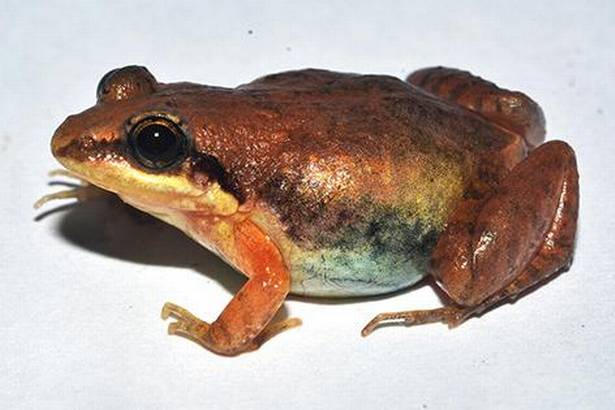
The species from the Eastern Ghats is widely distributed in the hilly mountains and named after the ancient kingdom of Kalinga — the historical region comprising Odisha and part of Andhra Pradesh that is north of River Godavari. The Fejervarya krishnan, found near the Jog Falls in Shimoga district of Karnataka, is named after the eminent biologist the late KS Krishnan for his colossal contribution in the field of biological sciences. Krishnan was professor emeritus at the National Centre for Biological Sciences, the Tata Institute of Fundamental Research (TIFR), Bangalore and was one of the key persons in embarking the School in Herpetology sponsored by the Department of Science and Technology.
The Kalinga cricket frog was first spotted from various localities of the Eastern Ghats by Prof. Sushil Kumar Dutta, a renowned herpetologist and former professor at the North Orissa University, and the Krishnan cricket frog by Mr. Raj from a single locality near the Jog Falls.
‘Largest species’
Sharing details, Mr. Raj said: “The Kalinga cricket frog is one of the largest of its group and grows up to 6.5 cm, whereas the other has an average size of 2 cm.” Cricket frogs are indicators of healthy ecosystem and live in wide habitat ranges in agricultural fields, streams, swamps and wetlands.
Others who worked on the paper include KP Dinesh (scientist at the Zoological Survey of India, Pune), Abhijit Das (scientist at the Wildlife Institute of India, Dehradun), Niladri B. Kar (post-doctoral research scholar at the North Orissa University) and Pratyush P. Mohapatra (scientist at the Zoological Survey of India, Jabalpur).
source: http://www.thehindu.com / The Hindu / Home> News> States> Andhra Pradesh / by Nivedita Ganguly / Visakhapatnam – June 06th, 2018


